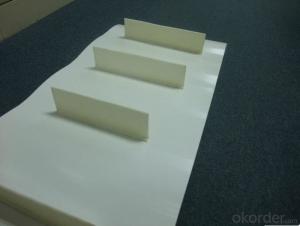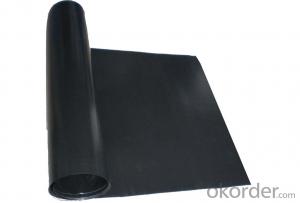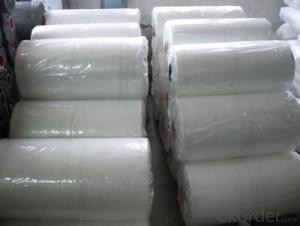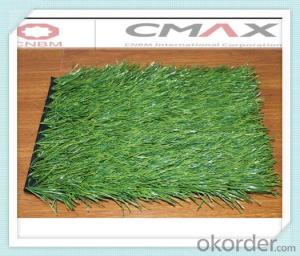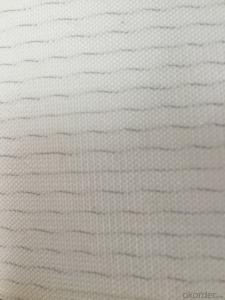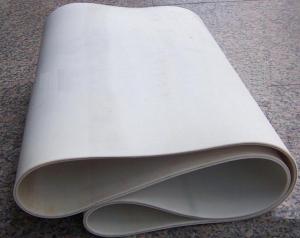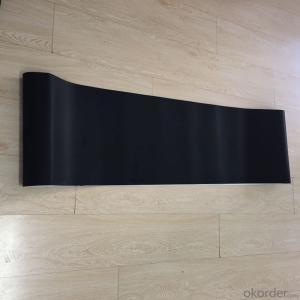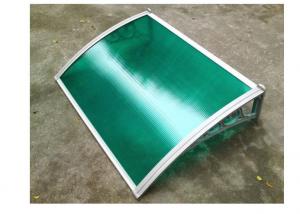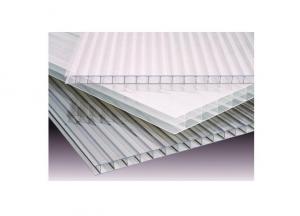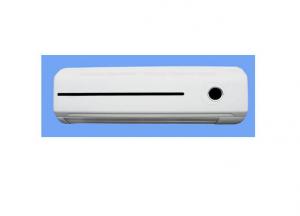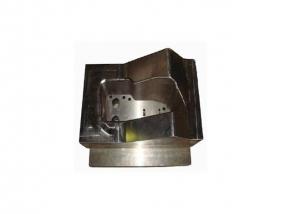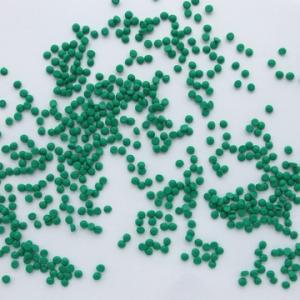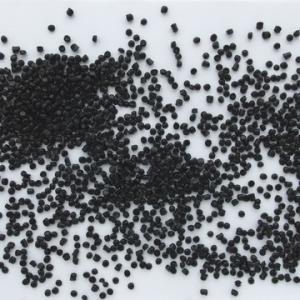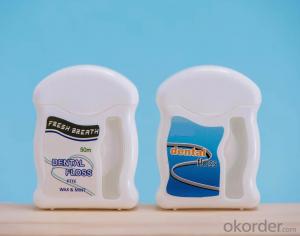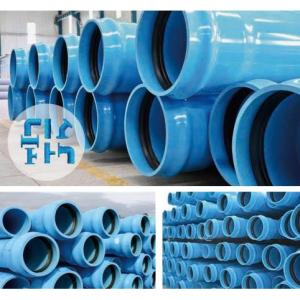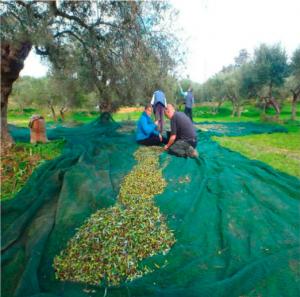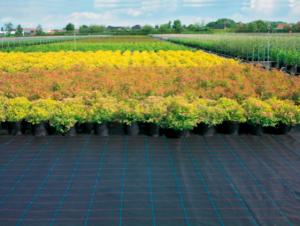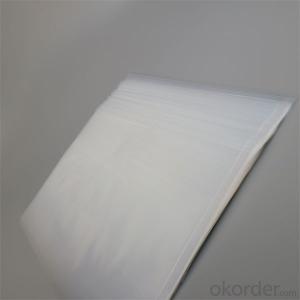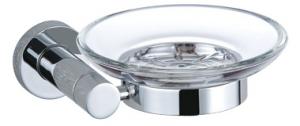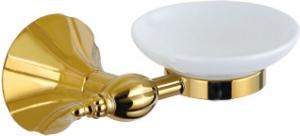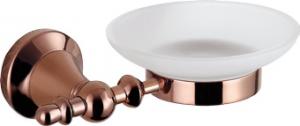Food Industry Production Line Conveyor Belt
- Loading Port:
- China main port
- Payment Terms:
- TT OR LC
- Min Order Qty:
- 10 m²
- Supply Capability:
- 6000000 m²/month
OKorder Service Pledge
OKorder Financial Service
You Might Also Like
Food Processing Conveyor Belt
Food Processing Conveyor Belt Introduction
Food processing conveyor belt choose high quality high strength polyester fabric are the core, coated with PU or PVC as loading surface. With advantages of good flexibility, material environmental friendly, light duty, high tensile strength, anti oil, easy learning, our food processing conveyor belt meet EU and USA market requirements.
Food Processing Conveyor Belt Application
Food processing conveyor belt is widely used in food industry, such as vegetables, snack food, beer, sea food, etc.
Food Processing Conveyor Belt Advantage
Food processing conveyor belt is made of harmless material, no toxicity, no smell, anti-oil, easy cleaning, high tensile strength, good flexibility, light weight, solid and durable.
Food Processing Conveyor Belt Specifications
Total thickness(mm) 0.8~5.0 | Top coating hardness( Shore A) 55~92 |
Total weight(kg/m2) 0.9~5.4 | Belt tension 1% elongation(N/mm) 5~ 30 |
Minimum production width(mm) 15~180 | Working temperature range(℃) -20/+90 |
Type of support R=expansion cylinder, S=flat, T=groove shape | Max production width(mm) 3000 |
Lateral stability Yes | Food grade Yes |
Low noise | Fire resistance |
Surface antis tatic |
Food Processing Conveyor Belt Photos
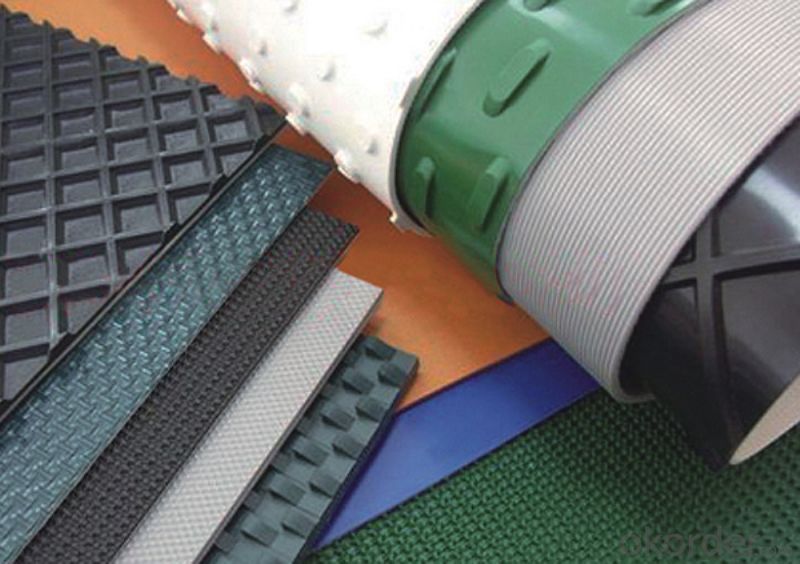
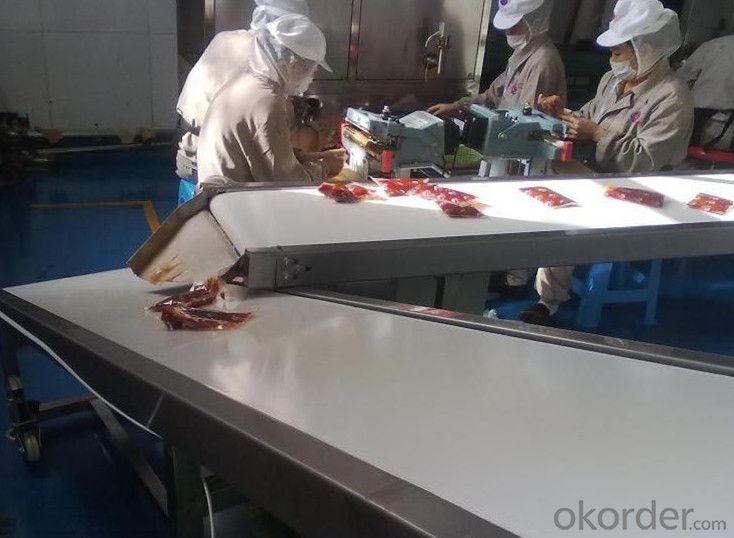
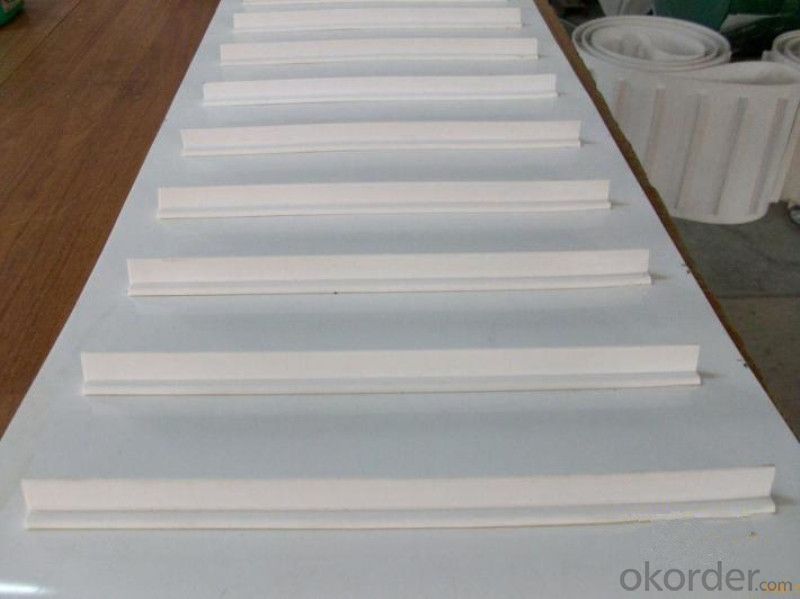
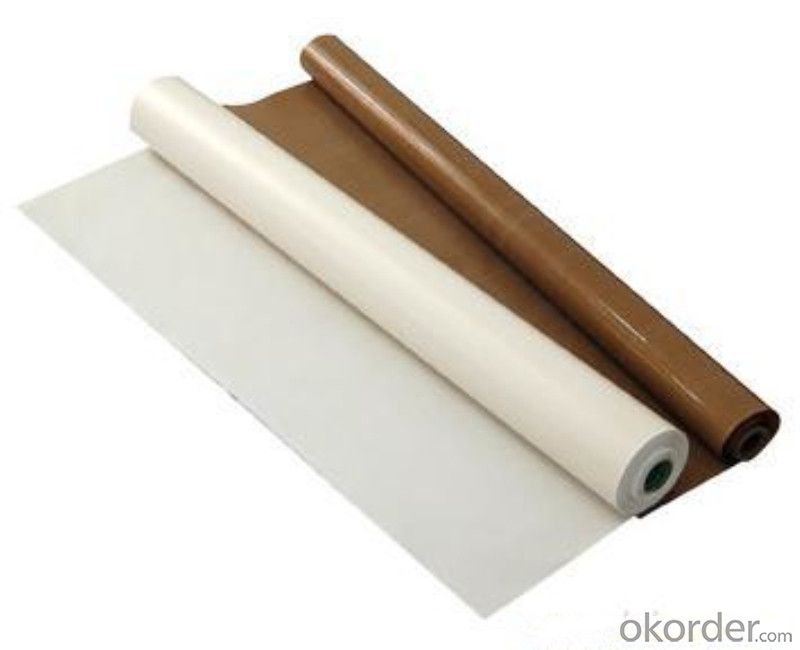
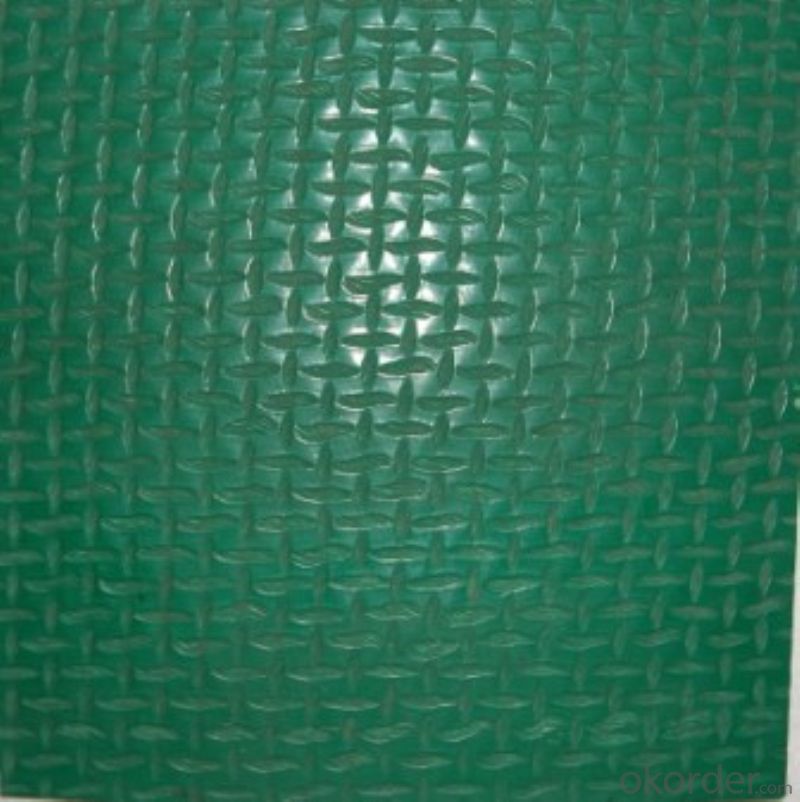
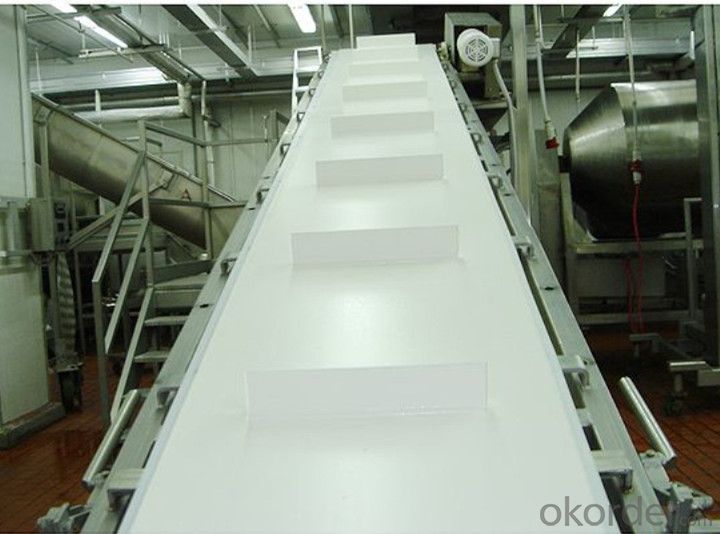
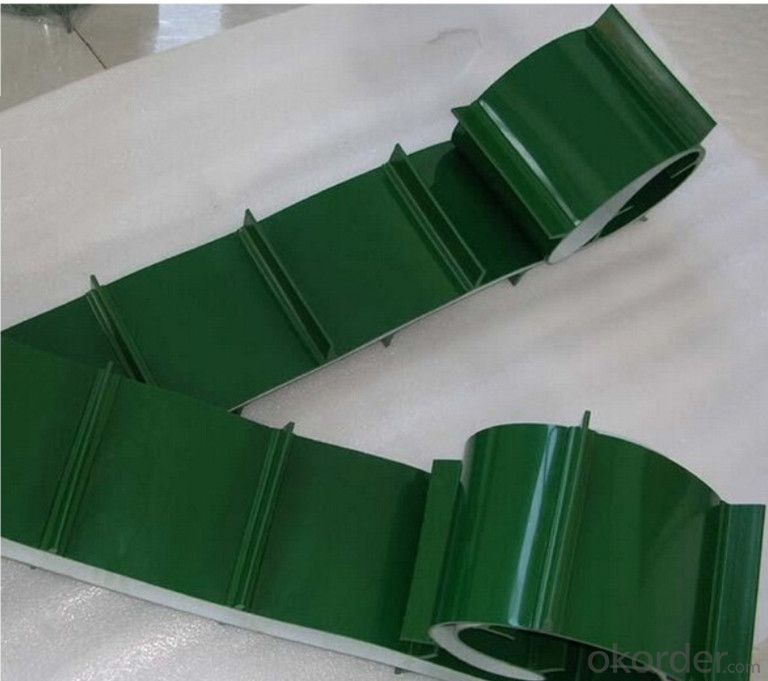
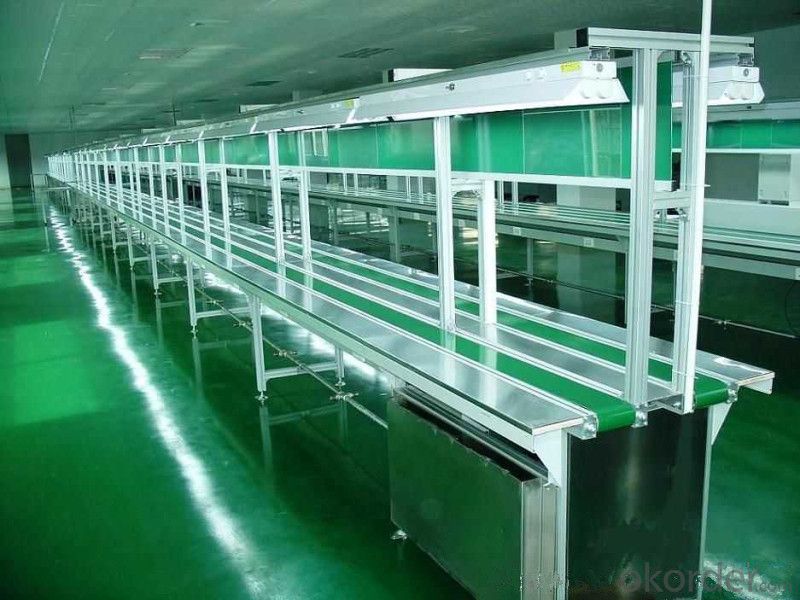
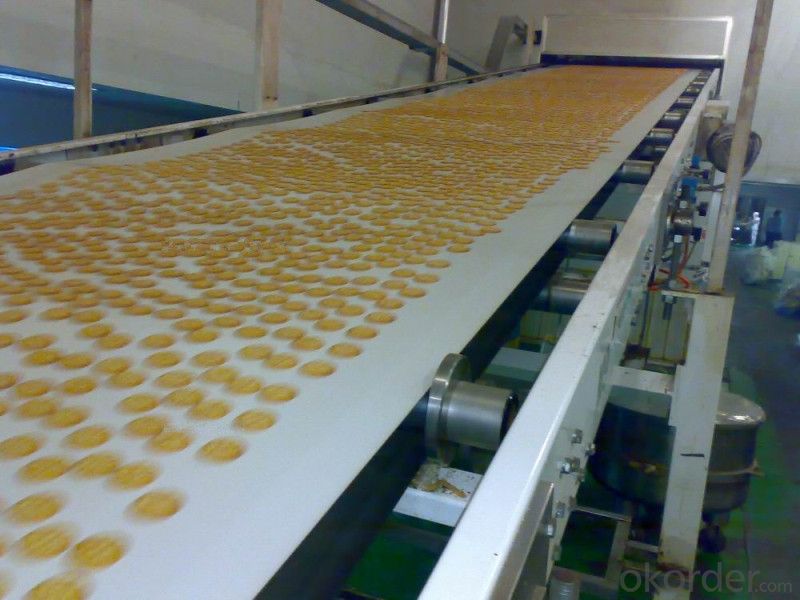
FAQ
1. Which payment do you accept?
For you convenience, our payment can be L/C, TT
2. Is free sample available?
We can supply free samples. You'll just need to pay for express cost.
3. How about your quality?
Quality is the first priority, we have strict quality control system.
1) All raw material we used are environmental freindly
2) Quality Control Department specially responsible for quality checking in each process. We make testing on incoming raw material and finished products. Your third party testing is also welcomed.
3) Skillful workers care every details in handling the producing and packing processes.
Our product quality is accepted by clients from all over the world. Warmly welcome your samples requirement or trail order.
- Q:What is the average cost of an olive net?
- The average cost of an olive net can vary depending on factors such as size, quality, and the supplier. However, a rough estimate would be around $100 to $200 per net.
- Q:Plastic long time to become sticky, how to remove?
- Try using a rubber. But in the beginning, you may think the more you rub the dirt, but the longer the rub, you will see the effect, this method is relatively tired, have perseverance.
- Q:How does an olive net affect the overall labor costs of harvesting?
- An olive net can significantly reduce the overall labor costs of harvesting by simplifying the process. It allows for a more efficient collection of olives as they fall directly onto the net, eliminating the need for manual picking. This reduces the number of workers required for the task and minimizes the time and effort spent on labor-intensive activities, ultimately lowering the overall labor costs involved in olive harvesting.
- Q:Can olive nets be used for olive oil production as well?
- No, olive nets are primarily used for collecting olives during the harvesting process, not for olive oil production.
- Q:How do olive nets prevent olives from being damaged during harvesting?
- Olive nets are designed to prevent olives from being damaged during harvesting by providing a protective barrier underneath the tree. These nets are spread on the ground and catch the olives as they fall from the tree, preventing them from hitting the hard ground and getting bruised or crushed. The nets cushion the impact and ensure that the olives remain intact, preserving their quality for further processing.
- Q:Are olive nets effective in preventing fruit fly infestations?
- Yes, olive nets are effective in preventing fruit fly infestations. These nets act as a physical barrier, preventing the fruit flies from reaching the olive trees and laying their eggs on the fruits. By keeping the flies away, olive nets help minimize the risk of fruit fly infestations and protect the crop from damage.
- Q:Are olive nets resistant to mold and mildew?
- Yes, olive nets are generally resistant to mold and mildew due to their material and design which allows for proper air circulation, preventing moisture buildup and inhibiting the growth of mold and mildew.
- Q:Are olive nets suitable for home gardeners?
- Yes, olive nets are suitable for home gardeners. These nets are specifically designed to protect olive trees from birds while allowing sunlight and air circulation. They are easy to install and remove, making them a convenient solution for home gardeners looking to protect their olive harvests.
- Q:What are the dimensions of a standard olive net?
- The dimensions of a standard olive net can vary, but commonly they are around 10-15 feet in width and 30-50 feet in length.
- Q:How does the cost of using olive nets compare to other harvesting methods?
- The cost of using olive nets is generally lower compared to other harvesting methods. Olive nets are a more affordable option as they require minimal investment and can be reused for several years. Additionally, using nets is a more efficient and time-saving approach, reducing labor costs associated with manual harvesting.
1. Manufacturer Overview |
|
|---|---|
| Location | |
| Year Established | |
| Annual Output Value | |
| Main Markets | |
| Company Certifications | |
2. Manufacturer Certificates |
|
|---|---|
| a) Certification Name | |
| Range | |
| Reference | |
| Validity Period | |
3. Manufacturer Capability |
|
|---|---|
| a)Trade Capacity | |
| Nearest Port | |
| Export Percentage | |
| No.of Employees in Trade Department | |
| Language Spoken: | |
| b)Factory Information | |
| Factory Size: | |
| No. of Production Lines | |
| Contract Manufacturing | |
| Product Price Range | |
Send your message to us
Food Industry Production Line Conveyor Belt
- Loading Port:
- China main port
- Payment Terms:
- TT OR LC
- Min Order Qty:
- 10 m²
- Supply Capability:
- 6000000 m²/month
OKorder Service Pledge
OKorder Financial Service
Similar products
New products
Hot products
Hot Searches
Related keywords
